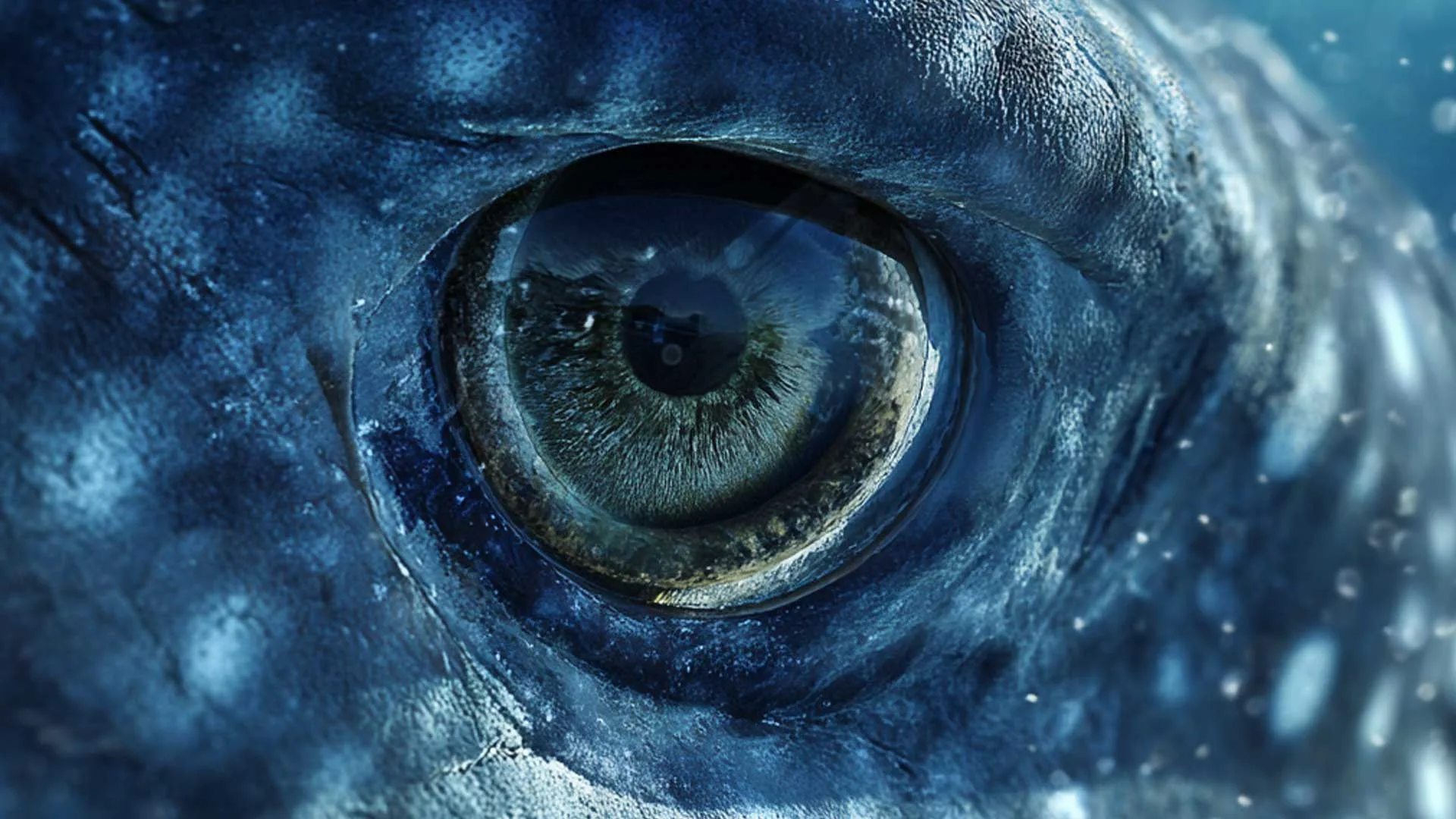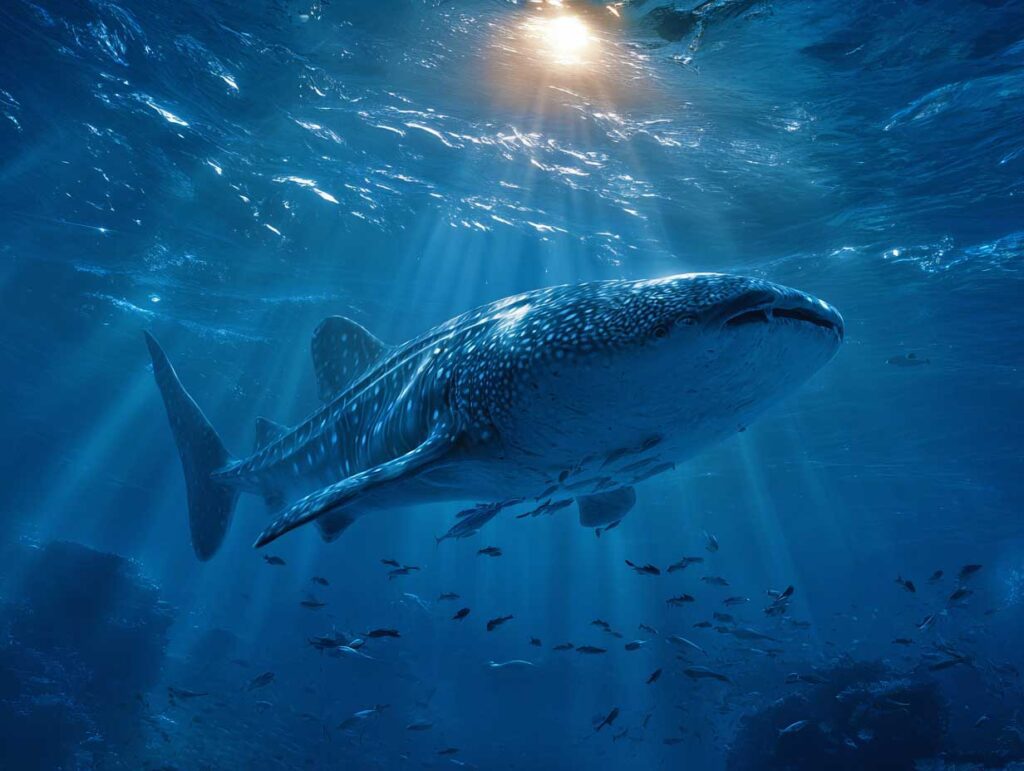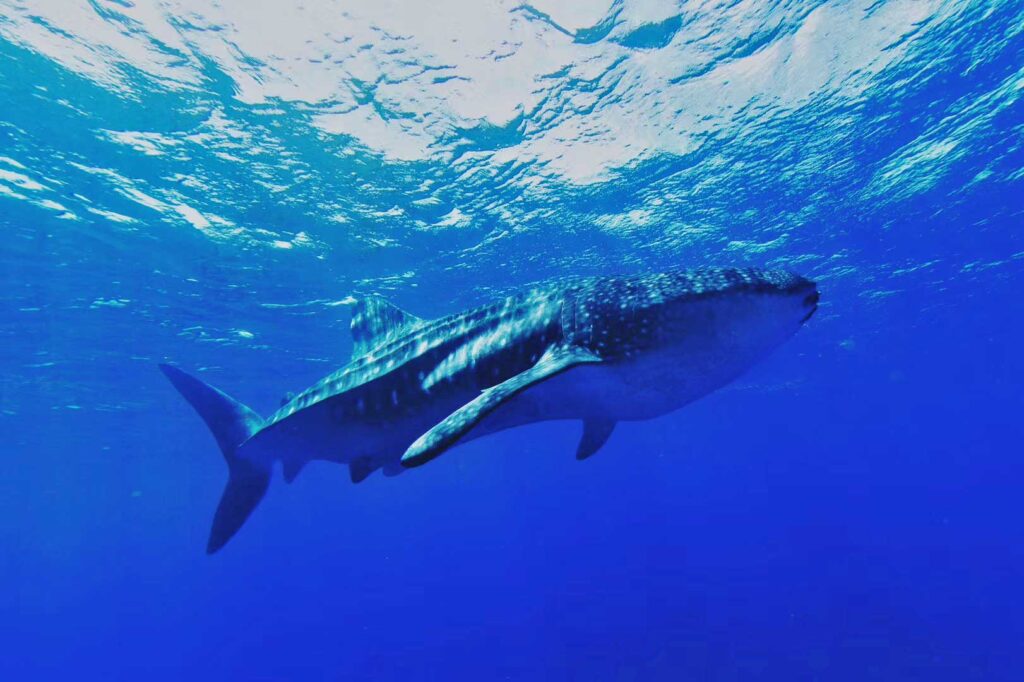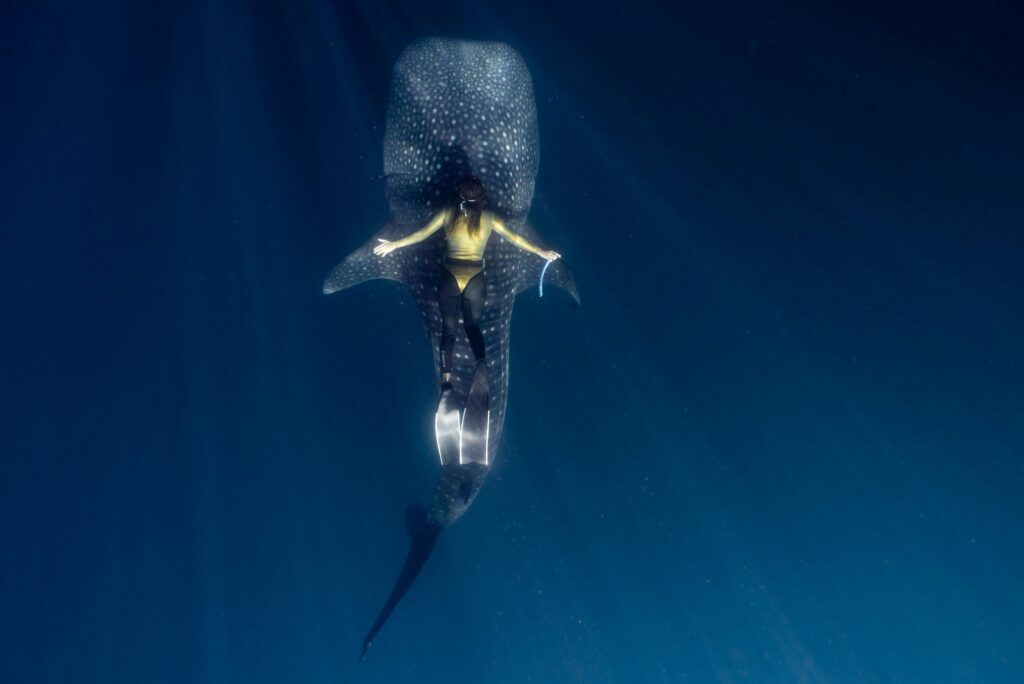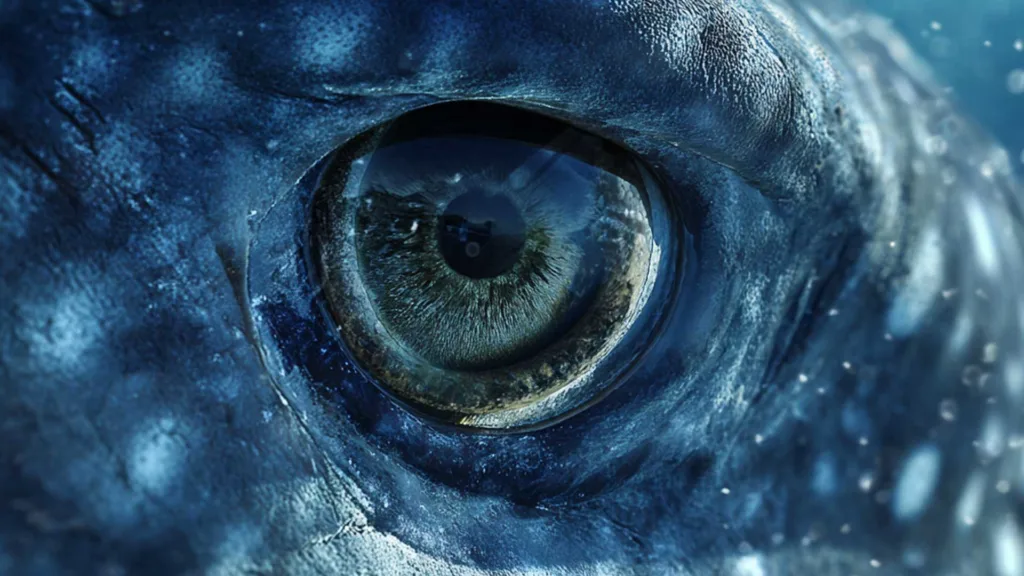
The eye is one of the most important organs in a living organism. This vital organ collects information from the surrounding environment and aids the organism’s movement and overall survival.
There have been few studies on elasmobranch eye protection mechanisms (Tomita, Murakumo, Komoto, Dove, Kino, Miyamoto, and Toda, 2020).
In 2020, a study was conducted in Japan to investigate this species’ eye protection mechanism. It was carried out by the Okinawa Churashima Research Centre, Okinawa Churashima Foundation, Motobu-cho, Okinawa, Japan; the Okinawa Churaumi Aquarium, Okinawa Churashima Foundation, Motobu-cho, Okinawa, Japan; the Research Support Division, Imaging Section, Okinawa Institute of Science and Technology Graduate University, Tancha, Onna-son, Okinawa, Japan; and the Georgia Aquarium, Atlanta, Georgia, United States of America.
The researchers performed underwater sonography and micro-computed tomography. The study included both live and dead specimens. The results were then compared to other elasmobranchs. Micro CT scanners and X-rays were used to conduct the research.
For morphology, they extracted an eyeball from a whale shark preserved at Japan’s Koninawa Churashima Research Centre. For kinematics, the researchers used two captive whale sharks in a tank at Japan’s Okinawa Churaumi Aquarium. Kim, a researcher, studied the species’ eye movements while swimming with them. Eye movements were recorded at a distance of 30 cm from the eye’s surface. Ultrasound tests were also performed on two captive species.
The morphology results were remarkable. The researchers discovered numerous denticles on the surface of the iris.
The kinematic results showed that when an object approached the whale shark’s eye, it retracted into its orbit. This retraction lasted for less than a second. The ultrasound results showed that the retraction distance was 3.3 and 2.8 cm.
The study found that whale sharks’ eyes are covered in denticles. Normally, elasmobranchs have two specialized epithelial tissues. Whale sharks lack eyelids, exposing the tissues and leaving the eye surface less protected. However, these denticles in whale sharks serve as an important defense against mechanical damage to their eyes.
